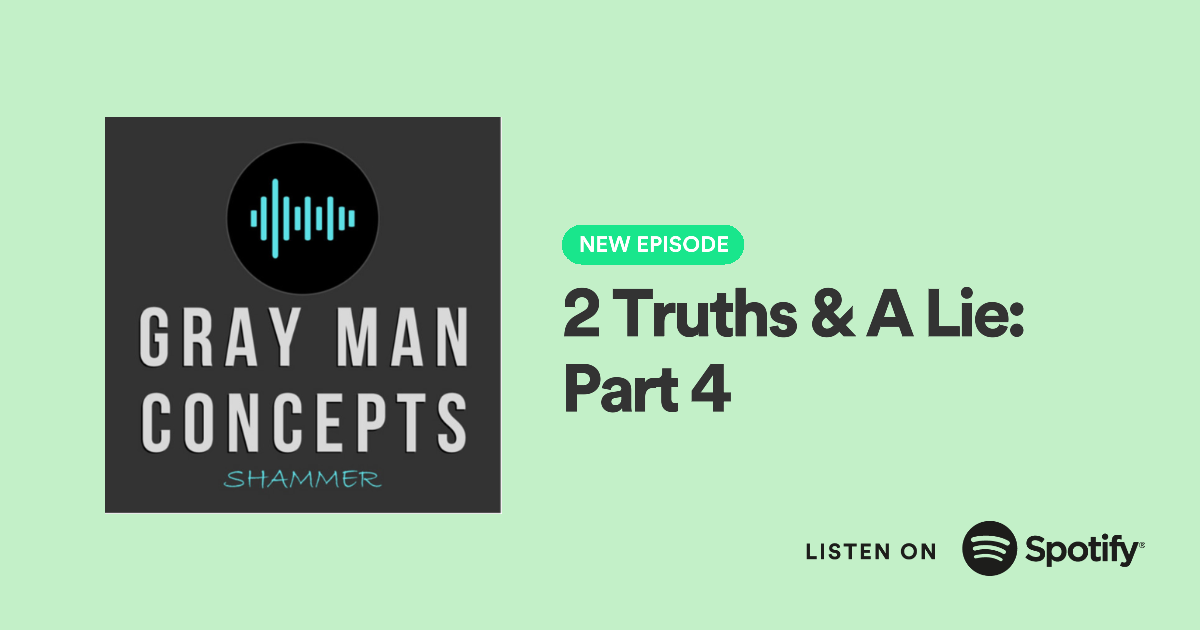When you start doing research you need think about how to find all the data that is needed to come to an certain (actionable) intelligence view. You have to consider the use of certain sources and tools and weigh them against each other to make decisions. You must keep your personal bias in mind because it could blur or influence your research. In fact on each question you formulate you must be your own devil’s advocate. Are you being objective? Are these the right questions? Does the data provide everything needed to answer the question(s)?
This is all part of the mindset. Critical thinking is key to conduct OSINT research. Keep in mind the data you collect could contain information to deceive you. For instance fake news, bots, falsified reports are everywhere. Are the sources you use trustworthy and why are they considered trustworthy by you?
What most reports do not describe is:
What was the initial research question?
What were you trying to answer?
What sources did you pick to answer that question
Are those sources reliable?
Whats gaps are there left behind from choosing those sources?
What keywords did you formulate to try and answer that question?
Why those specific keywords?
Why did you use that tool or script?
Most important, when conducting the research what question(s) couldn’t you answer? And a partial answer is an answer, so describe that!And last but not least not finding the answer to your question(s) is an answer to.
Its the intelligence cycle which makes ones search as complete as possible. I rarely see that cycle/process in reports. Which leaves me with so many questions when i read reports. I mean when you conduct osint research you should have nothing to hide in your used steps, tools and methods.
You need to be transparent on the way you did your research. Think about it, what value do conclusions have when the chosen path isn’t 100% transparent? Personally I like to mindmap each step i take, to keep track on what i am doing and to prevent i missed a step or didn’t exhaust a step to its full extend.
Image for post
Not saying this is the best method for conducting osint research but at least the research is whole process is 100% transparent to me and the other party/client.
These are the steps i take :
1. Pick your research subject (preferably do an intake with your client and define the question(s)Define answerable question!)
⁃ Get me everything on John Doe isn’t answerable (what is everything?!)
⁃ Has John Doe been in location x with person y is a answerable question!
2. Do homework on the subject (know your client and its adversary)
3. Define the main research question, preferably with a subset of questions. One of the oldest ‘tricks’ in the book is using the the 7 W’s. (It’s 8 actually).
⁃ what
⁃ where
⁃ when
⁃ what with
⁃ which method
⁃ when
⁃ who
⁃ why
4. Define sources
5. Gather keywords on each research (sub)question
6. Think of what (osint) tools should be needed for this research
7. Quick scan search (i call this the timer search to prevent from drowning in info once you really start researching)
8. Are preliminary findings what you expected to find?
Otherwise repeat step 1 to 5.
9. Gather the needed info, exhaust your sources.
10. Refine & analyse the found information.
11. Are the secondary findings what you expected to find?
Otherwise repeat step 1 to 8.
12. Report. And include everything! The things you found & analyzed also the things you didn’t find. Test your findings withmethods like ACH techniques.
13. Let the report rest, really. Do not immediately send your report out. After letting it rest be your own devils advocate. Ask yourself If i was a client or subscriber to this report would it contain all the right (objective) findings? Maybe let someone read it who isn’t familiar with the research subject matter also, they tend to be objective and could come up with some great questions to dig in and make your findings even better.
14. When one gets back on your findings/report with new questions repeat all above steps.
So there you have it an intelligence (research) cycle which can only work when you set your mind in a proper way thinking to it.
How to get your free month
How pricing works
How to view posts
What you can post
A #podcast about #persuasion, #deception, #communication, and the #Grayman
https://promocards.byspotify.com/share/5e3dfefd944d823be992a43447470e279711b635
These are some of my favorite camping tips A #podcast about #preparedness, #camping, #hiking, and the #Grayman
https://spotifyanchor-web.app.link/e/umedj5kJiBb














